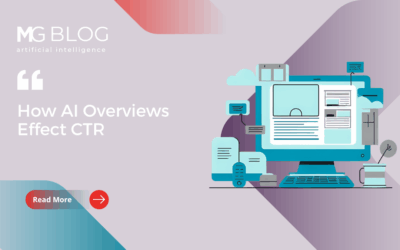There are many challenges facing today’s cities, including aging infrastructure, rapid development, climate change and populations growing at unprecedented rates. And, as budgets shrink and populations rise, the pressure is on for local governments to accomplish more with less and keep their citizen’s both safe and happy. Because so many government activities are inherently location-centric, accessing and understanding location-related data can be critical to solving these challenges. Location data is instrumental to intelligent city planning and development, and it’s growing at a rapid rate due to advances in internet of things and mobile.
Location data can be analyzed and utilized at scale to create evolving solutions for more livable cities, intelligent policy and design, better research, improved emergency response, predictive analysis, and economic opportunity.
Open Data Initiatives
Open data changes the way citizens view their government, and building applications with open government data is becoming more and more prevalent as the demand for transparency, accountability and responsiveness increases. When cities have access to their geographical data, they can see patterns over time, take preventative action and make the right decisions to improve quality of life for citizens. An example of a recent successful open data initiative is the European Commission’s Urban Data Platform. It’s is an open-source tool facilitating data sharing and comparative research across the European Union. The platform’s interactive data visualizations provide users with ample information on a range of topics that can be explored at both local and regional levels.
Unlocking Traffic and Commuting Insights
Urban populations are exploding and mobility is moving at a rapid rate. Commutes are becoming longer, and we aren’t seeing the increases in car sharing that cities were hoping for. Understanding mobility with data and making data-driven decisions on the way we organize traffic and optimize commuting is vital as cities become more populated and polluted. Location data about traffic and commuting patterns can be analyzed to answer questions like: Where should we incentivize car-sharing initiatives in the city? When should we carry out road maintenance? How did commuting patterns change after an underground closure? Location data ultimately has the power to optimize routing and reduce costs for the city.
Emergency Readiness
Monitoring a city’s location data in real-time allows for quick evaluation and responses to emergency situations, ranging from fires and crime to weather. Severe storms like Hurricanes Harvey, Irma and Maria have become more frequent, and now more than ever, cities need to have storm preparedness plans in place and accurate flood risk models. Location data can help cities with risk assessment to prepare before a disaster strikes. It can also help identify the best transport options to aid during a crisis and evenly distribute resources to those in need.
Analyzing location data for better city planning is essential to today’s smart cities as they’re looking to do more with less and make their citizens happy. Not only does location data and open data portals create transparency with citizens, but it also keeps them safe in times of disaster. If smart cities take advantage of their location data, they have the ability to streamline their processes, cut costs and create more livable cities.
Want more information on how to position your company’s smart city efforts in the media? Contact Merritt Group, info@merrittgrp.com, today for more information!



